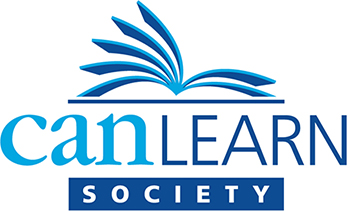About Reading Comprehension Difficulties
Did you know that between 10% and 15% of children and adults experience reading comprehension difficulties despite maintaining adequate levels of decoding accuracy and fluency? (Stothard & Hulme, 1995).
Reading comprehension is the ultimate goal of reading and one of the most essential learning skills. Although difficulties in decoding are a frequent cause of reading comprehension problems, between 10% and 15% of children and adults can decode words and sentences fluently; they can “read,” but they just can’t seem to remember much from the text.
Recalling specific text details is a struggle; the information read is often misconstrued. Parents and even teachers can make the mistake of assuming their child is a good reader because they can decode effortlessly when they read aloud. When decoding is strong but comprehension is weak, it is common to assume that the child “just needs more practice”.
If the reading comprehension difficulties are caught, it is often only in grade 4, often much later, if at all. At this point, reading comprehension difficulties hinder their ability to learn in all subjects, whether math class or social studies.
For example, a child with comprehension difficulties may struggle to complete a math word problem – not because math is complex, but because the reading makes it impossible to navigate math.
Learning the subject content in high school is almost impossible when there are reading comprehension deficits. At this point, many struggling readers disengage from learning and proclaim that they “just don’t care about school”.
It is common knowledge that reading problems in childhood and adolescence are associated with adverse outcomes in adulthood, including lower income, poorer self-esteem, and higher rates of health problems.
Why do children and adults struggle with reading comprehension?
The Simple View of Reading (Gough & Tunmer, 1986) asserts that reading comprehension is the product of decoding and oral language comprehension skills. According to the Simple View of Reading, poor reading comprehension, despite adequate decoding, is associated with difficulties with oral language in the form of limited vocabulary knowledge, semantics, and syntactic understanding (i.e., grammar).
In other words, comprehension difficulties in reading are not unique to reading but are part of general language impairment. This information is crucial as it explains why, for many individuals, reading comprehension continues to be laborious despite instruction in strategies such as activating prior knowledge, predicting, visualizing, and summarizing (to name just a few), which are supposed to boost reading comprehension.
The researcher Timothy Shanahan has observed that teaching comprehension strategies reminds him of pushing the elevator button twice: it might make you feel better, but it won’t make the elevator come faster.
So, what is the best way to help children and adults improve their reading comprehension?
Relations between decoding, oral language, and reading comprehension have been extensively researched, with decoding and oral language explaining unique variances in reading comprehension. There is no simple answer to this question.
First and foremost, it is essential to identify the underlying cause of why learning or reading comprehension is so hard for the learner to find a one-on-one reading program that targets the underlying cause. This individualized and targeted approach is used in all literacy programs at CanLearn.
Nada Jerkovic
Manager, Literacy Programs, CanLearn Society

